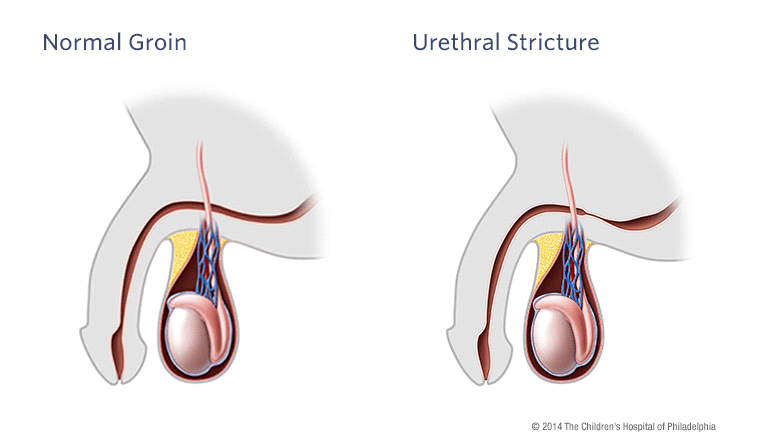Urological Conditions

Stricture Urethra
The urethra is the soft tube that allows urine to be passed out of the bladder. In men, the urethra is a thin tube like structure that starts from the lower opening of the bladder and traverses the entire length of the penis. It measures 21 cm in men. In women, it is a shorter tube coming off the lower opening of bladder and is between 2.5 to 4 centimeters (cm) in length. The urethra has a sphincter that is normally closed to keep urine inside the bladder. When bladder fills with urine, there are both voluntary and involuntary controls to open the urethral sphincter to allow urine to come out.
Stricture Urethra
Urethral stricture refers to any narrowing of the urethra for any reason whether or not it actually impacts the flow of urine out of the bladder. Any inflammation of urethra can result in scarring, which then can lead to a stricture or a narrowing of the urethra. Trauma, infection, tumors, surgeries, or any other cause of scarring may lead to urethral narrowing or stricture. Urethral stricture is significantly more common in men and boys compared to women and girls.
What are the causes of urethral stricture?
The following are common causes of scarring or narrowing of the urethra:
Trauma from injury or accidents with damage to the urethra or bladder (for example, falling on a frame of a bicycle between the legs, or a car accident)
Pelvic injury or trauma
Previous procedures involving the urethra like urinary catheters, surgeries, cystoscopy
Previous prostate surgery , TURP or transurethral resection of the prostate.
Infections of the urethra (sexually transmitted diseases or STDs, urethritis, gonorrhea, chlamydia)
Prostate infection or inflammation (prostatitis)
Previous hypospadias surgery (a congenital birth defect in which the opening of the urethra is on the underside of the penis instead of the tip)
Congenital malformations of the urethra, which rarely can cause urethral stricture in children

.png)

